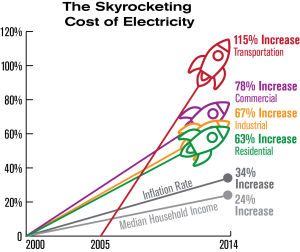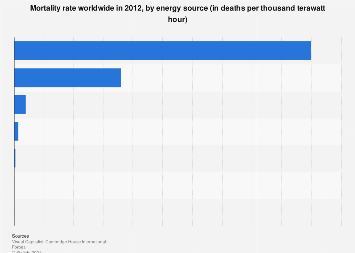With regards to Power to Choose Alternative , there is one matter everybody concurs on. For the not-so-distant future, in any event, the world will require a greater amount of it—and how it is delivered and utilized will be a basic factor in the fate of the worldwide economy, international affairs, and the climate.
Worldwide energy requests will keep on developing. Be that as it may, the development will be slower—a normal of about 0.7 percent a year through 2050 (versus a normal of multiple percent from 2000 to 2015). In the digital age, there is a greater interest in services to produce merchandise, so the pace of development is being slowed down because of digitization, slower population growth, and more productive labour. For instance, in India, the level of GDP obtained from administrations is expected to rise from 54 to 64 percent by 2035. Furthermore, effectiveness is a candid uplifting news story. By 2035, research expects that it will take right around 40% less fuel to push a fossil-energized vehicle a mile than it does now. By 2050, worldwide “energy power”— that is, how much energy is utilized to create every unit of GDP—will be half what it was in 2013. That might sound idealistic, yet it depends on ongoing history. From 1990 to 2015, worldwide energy power worked on by very nearly a third, and it is sensible to anticipate that the rate of progress should speed up.
Interest in power will develop twice just that quick for transport. China and India will represent 71% of the new limit. By 2050, power will represent a fourth of all energy interest, contrasted and 18 percent now. How might that extra power be created? More than 3/4 of the new limit (77%), as per the McKinsey research, will come from wind and sun based, 13% from gaseous petrol, and the rest from all the other things. The portion of atomic and hydro is likewise expected to develop, yet unobtrusively.

This means by 2050, non-hydro renewables will represent more than 33% of worldwide power age—a tremendous increment from the 2014 degree of 6%. To put it another way, between now and 2050, wind and sunlight are relied upon to grow four to multiple times quicker than every wellspring of power.
Petroleum derivatives will rule energy use through 2050. This is a result of the gigantic speculations that have effectively been made and in light of the prevalent energy force and dependability of petroleum products. The blend, in any case, will change. Gas will keep on developing rapidly, yet the worldwide interest for coal will probably top around 2025. Development in the utilization of oil, which is transcendently utilized for transport, will dial back as vehicles get more proficient and more electric; here, the top interest could come when 2030. By 2050, the examination gauges that coal will be down to only 16% of worldwide power age (from 41% now) and non-renewable energy sources to 38 percent (from 66% at this point). Generally, however, coal, oil, and gas will keep on being 74% of essential energy interest, down from 82% at this point. From that point onward, the pace of decrease is probably going to speed up.
Energy-related ozone-depleting substance outflows will rise 14% in the following 20 years. That isn’t what requirements to end up holding the planet back from warming another two degrees, the objective of the 2015 Paris environment gathering.

